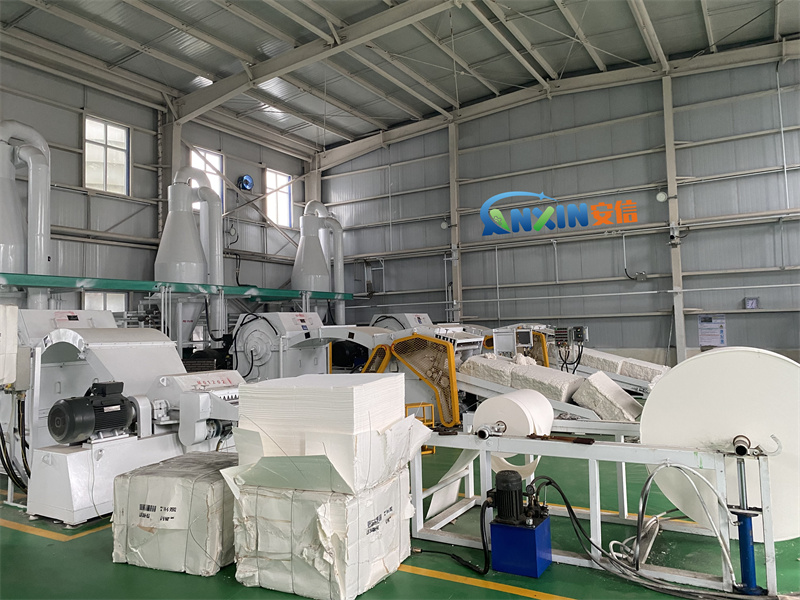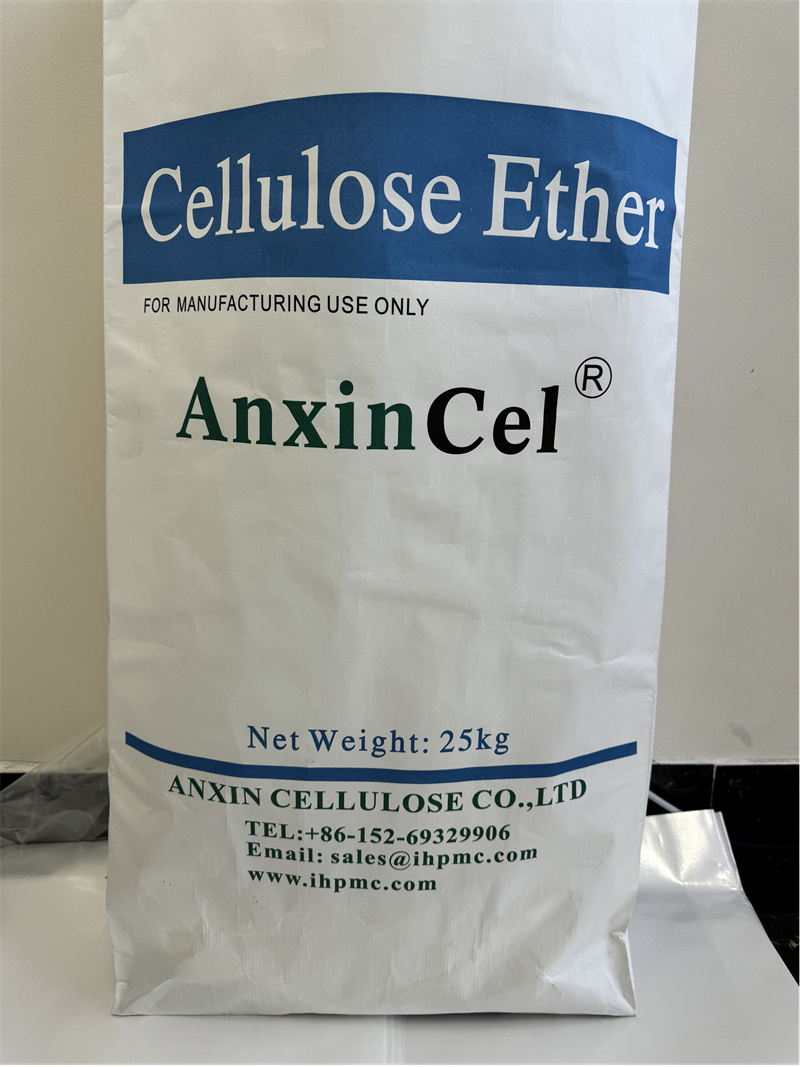1. Introduction to Hydroxypropyl Methylcellulose (HPMC)
Hydroxypropyl Methylcellulose (HPMC) is a non-ionic cellulose ether made from natural cotton fiber or wood pulp through chemical modification. HPMC has good water solubility, thickening, stability, film-forming properties and biocompatibility, so it is widely used in construction, medicine, food, daily chemicals and other fields.

2. Production steps of HPMC
The production of HPMC mainly includes the following key steps:
Raw material preparation
The main raw material of HPMC is high-purity natural cellulose (usually from cotton or wood pulp), which requires preliminary treatment to remove impurities and ensure the purity and uniformity of cellulose.
Alkalinization treatment
Put the cellulose in a reactor and add an appropriate amount of sodium hydroxide (NaOH) solution to swell the cellulose in an alkaline environment to form alkali cellulose. This process can increase the activity of cellulose and prepare for subsequent etherification reactions.
Etherification reaction
Based on alkali cellulose, methylating agents (such as methyl chloride) and hydroxypropylating agents (such as propylene oxide) are introduced to carry out etherification reaction. The reaction is usually carried out in a closed high-pressure reactor. At a certain temperature and pressure, the hydroxyl groups on the cellulose are replaced by methyl and hydroxypropyl groups to form hydroxypropyl methylcellulose.
Neutralization washing
After the reaction, the product may contain unreacted chemical reagents and by-products, so it is necessary to add an acid solution for neutralization treatment, and then wash with a large amount of water or organic solvent to remove residual alkaline substances and impurities.
Dehydration and drying
The washed HPMC solution is centrifuged or filtered to remove excess water, and then low-temperature drying technology is used to form dry powder or flakes to maintain the physical and chemical properties of HPMC.
Grinding and screening
The dried HPMC is sent to the grinding equipment for crushing to obtain HPMC powder of different particle sizes. Subsequently, screening and grading are performed to ensure the uniformity of the product to meet different application requirements.
Packaging and storage
After quality inspection, the final product is packaged according to different uses (such as 25kg/bag) and stored in a dry and ventilated environment to prevent moisture or contamination.

3. Main application areas of HPMC
Due to its good thickening, film-forming, water-retaining, emulsifying and biocompatibility properties, HPMC has been widely used in many industries:
Construction industry
HPMC is an important additive for building materials, mainly used for:
Cement mortar: enhance construction fluidity, improve adhesion, and prevent excessive water loss.
Tile adhesive: increase the water retention of tile adhesive and improve construction performance.
Gypsum products: improve crack resistance and construction operability.
Putty powder: improve adhesion, crack resistance and anti-sagging ability.
Self-leveling floor: enhance fluidity, wear resistance and stability.
Pharmaceutical industry
HPMC is widely used in the pharmaceutical field as:
Coating and film-forming agent for drug tablets: improve drug stability and control drug release rate.
Sustained-release and controlled-release preparations: used in sustained-release tablets and controlled-release capsule shells to regulate drug release.
Capsule substitutes: used in the manufacture of vegetarian capsules (vegetable capsules).
4. Food industry
HPMC is used as a food additive mainly for:
Thickener and emulsifier: used in baked goods, jellies, sauces, etc. to improve the taste of food.
Stabilizer: used in ice cream and dairy products to prevent protein precipitation.
Vegetarian food: used as a thickener for plant-based foods to replace animal-derived stabilizers such as gelatin.

Daily chemical industry
HPMC is an important ingredient in cosmetics and personal care products:
Skin care products: used in lotions, facial masks, etc. to provide moisturizing and stability.
Shampoo and shower gel: increase foam stability and improve viscosity.
Toothpaste: used as a thickener and moisturizer to improve taste.
Paints and inks
HPMC has good film-forming properties and suspension stability and can be used for:
Latex paint: improve the brushability and rheology of the paint and prevent precipitation.
Ink: Improve rheology and improve printing quality.
Other applications
HPMC can also be used for:
Ceramic industry: As a binder, improve the strength of ceramic blanks.
Agriculture: Used in pesticide suspensions and seed coatings to improve the stability of the agent.
Papermaking industry: As a sizing agent, improve the water resistance and printability of paper.
HPMC is a widely used functional polymer material, widely used in construction, medicine, food, daily chemicals, coatings and other industries. Its production process includes raw material pretreatment, alkalization, etherification, washing, drying, grinding and other steps, each link affects the quality of the final product. With the improvement of environmental protection requirements and the growth of market demand, the production technology of HPMC is also being optimized to meet the needs of more industries.
Post time: Mar-25-2025